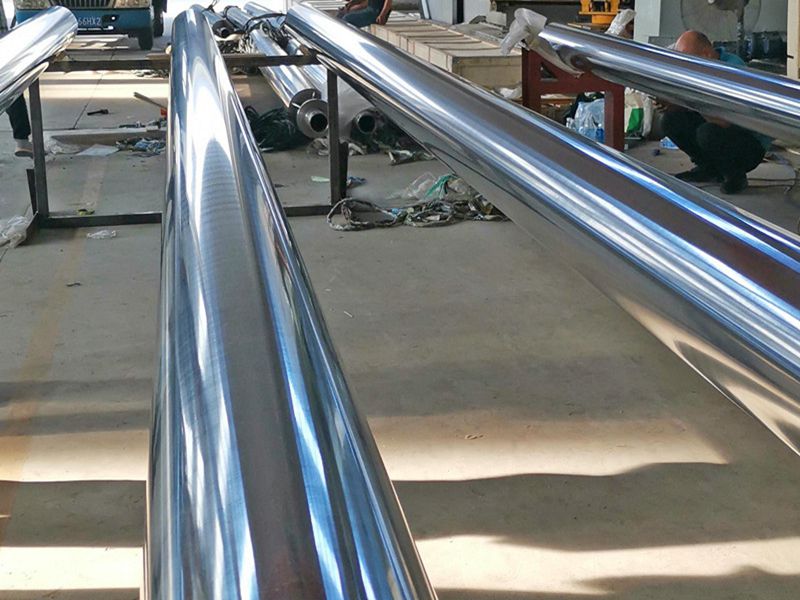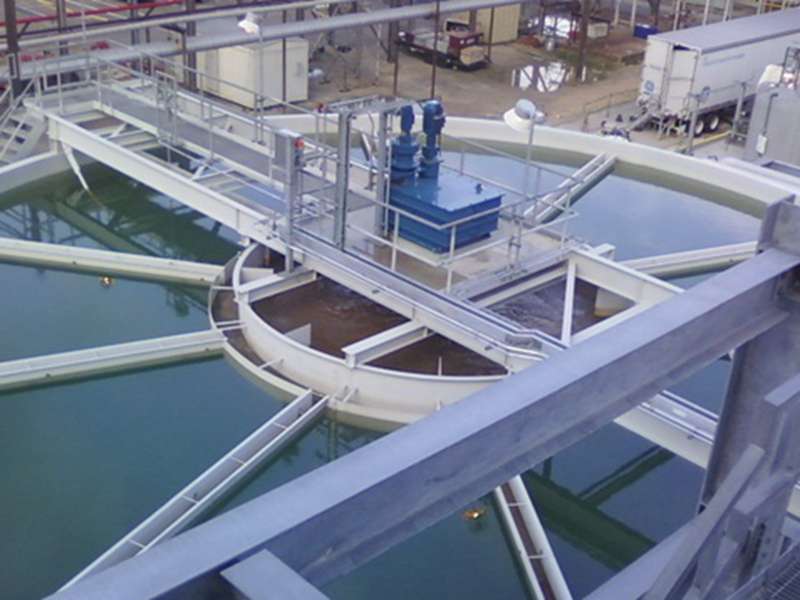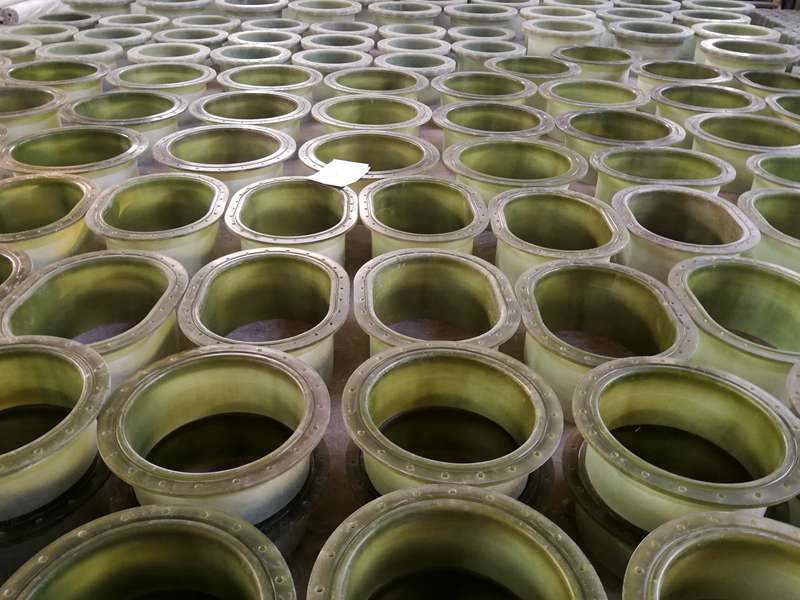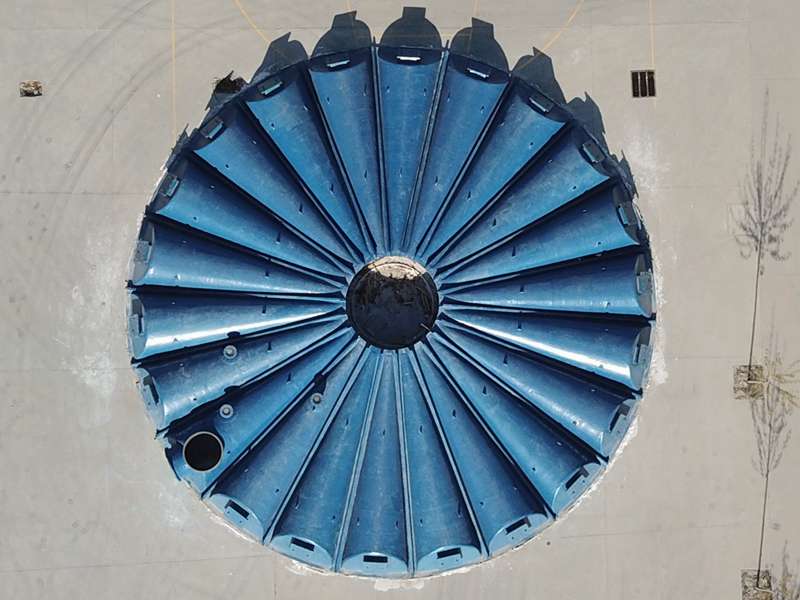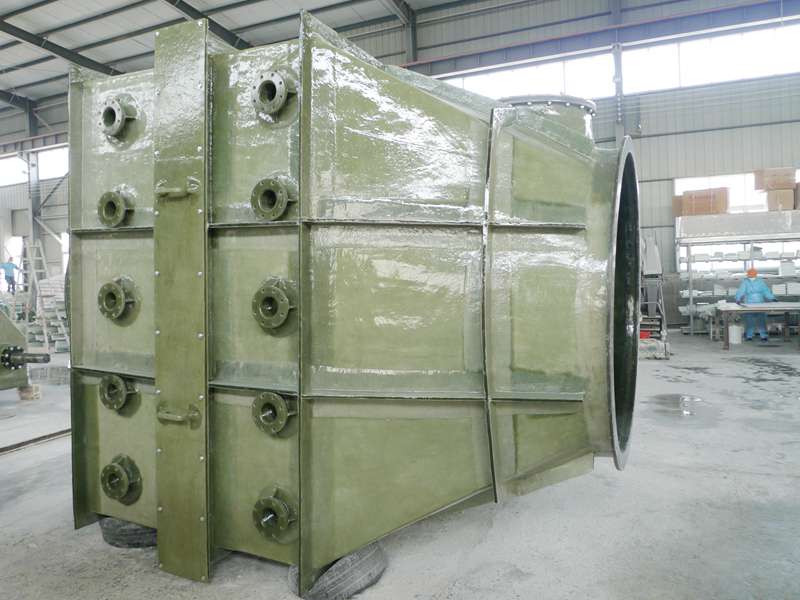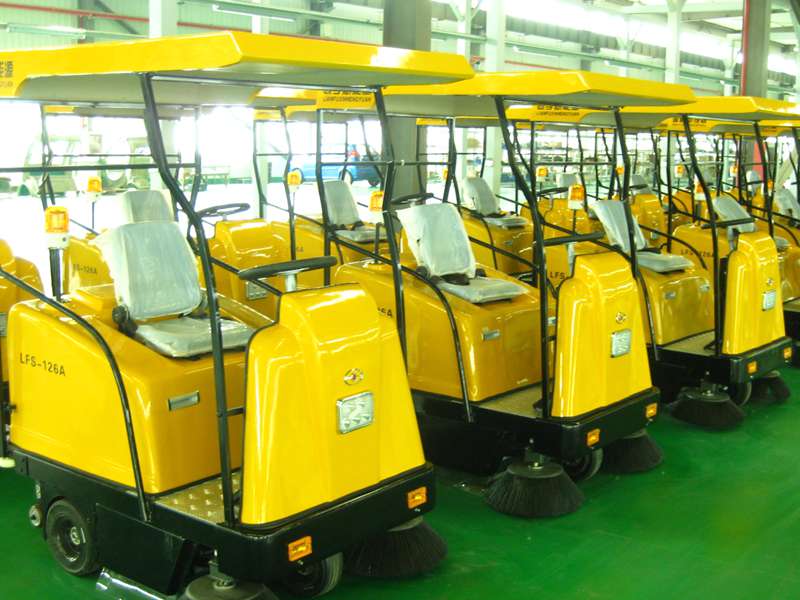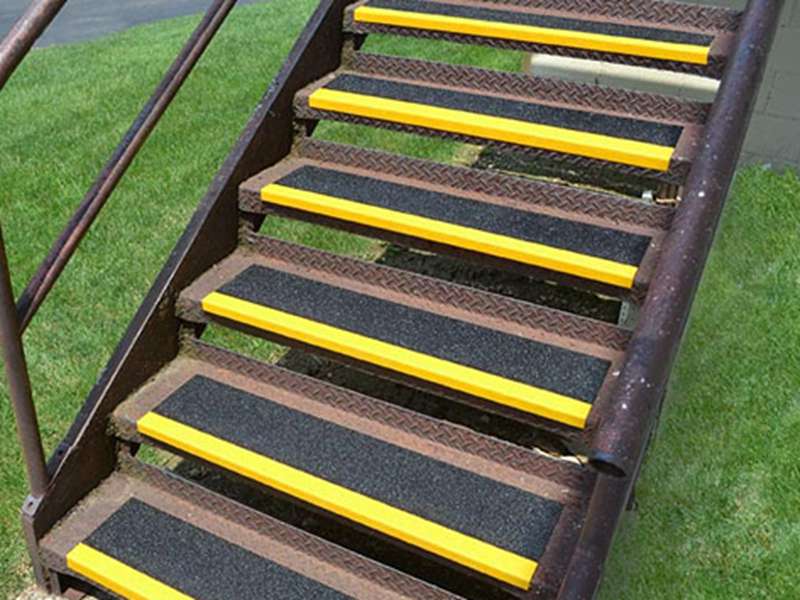
-
 Afrikaans
Afrikaans -
 Albanian
Albanian -
 Amharic
Amharic -
 Arabic
Arabic -
 Armenian
Armenian -
 Azerbaijani
Azerbaijani -
 Basque
Basque -
 Belarusian
Belarusian -
 Bengali
Bengali -
 Bosnian
Bosnian -
 Bulgarian
Bulgarian -
 Catalan
Catalan -
 Cebuano
Cebuano -
 China
China -
 China (Taiwan)
China (Taiwan) -
 Corsican
Corsican -
 Croatian
Croatian -
 Czech
Czech -
 Danish
Danish -
 Dutch
Dutch -
 English
English -
 Esperanto
Esperanto -
 Estonian
Estonian -
 Finnish
Finnish -
 French
French -
 Frisian
Frisian -
 Galician
Galician -
 Georgian
Georgian -
 German
German -
 Greek
Greek -
 Gujarati
Gujarati -
 Haitian Creole
Haitian Creole -
 hausa
hausa -
 hawaiian
hawaiian -
 Hebrew
Hebrew -
 Hindi
Hindi -
 Miao
Miao -
 Hungarian
Hungarian -
 Icelandic
Icelandic -
 igbo
igbo -
 Indonesian
Indonesian -
 irish
irish -
 Italian
Italian -
 Japanese
Japanese -
 Javanese
Javanese -
 Kannada
Kannada -
 kazakh
kazakh -
 Khmer
Khmer -
 Rwandese
Rwandese -
 Korean
Korean -
 Kurdish
Kurdish -
 Kyrgyz
Kyrgyz -
 Lao
Lao -
 Latin
Latin -
 Latvian
Latvian -
 Lithuanian
Lithuanian -
 Luxembourgish
Luxembourgish -
 Macedonian
Macedonian -
 Malgashi
Malgashi -
 Malay
Malay -
 Malayalam
Malayalam -
 Maltese
Maltese -
 Maori
Maori -
 Marathi
Marathi -
 Mongolian
Mongolian -
 Myanmar
Myanmar -
 Nepali
Nepali -
 Norwegian
Norwegian -
 Norwegian
Norwegian -
 Occitan
Occitan -
 Pashto
Pashto -
 Persian
Persian -
 Polish
Polish -
 Portuguese
Portuguese -
 Punjabi
Punjabi -
 Romanian
Romanian -
 Russian
Russian -
 Samoan
Samoan -
 Scottish Gaelic
Scottish Gaelic -
 Serbian
Serbian -
 Sesotho
Sesotho -
 Shona
Shona -
 Sindhi
Sindhi -
 Sinhala
Sinhala -
 Slovak
Slovak -
 Slovenian
Slovenian -
 Somali
Somali -
 Spanish
Spanish -
 Sundanese
Sundanese -
 Swahili
Swahili -
 Swedish
Swedish -
 Tagalog
Tagalog -
 Tajik
Tajik -
 Tamil
Tamil -
 Tatar
Tatar -
 Telugu
Telugu -
 Thai
Thai -
 Turkish
Turkish -
 Turkmen
Turkmen -
 Ukrainian
Ukrainian -
 Urdu
Urdu -
 Uighur
Uighur -
 Uzbek
Uzbek -
 Vietnamese
Vietnamese -
 Welsh
Welsh -
 Bantu
Bantu -
 Yiddish
Yiddish -
 Yoruba
Yoruba -
 Zulu
Zulu
Innovative Solutions for Efficient Water Tank Management and Resource Conservation Techniques
The Importance of GRP Water Tanks in Modern Water Storage Solutions
Water is an essential resource for life, and its efficient storage and management are critical for both residential and industrial applications. One innovative solution that has gained traction in recent years is the use of Glass Reinforced Plastic (GRP) water tanks. These tanks represent a significant advancement in water storage technology, offering numerous advantages over traditional materials like steel and concrete.
What are GRP Water Tanks?
GRP water tanks are constructed using a composite material made from a plastic polymer reinforced with glass fibers. This combination results in a strong yet lightweight structure that is superior to many conventional tank materials. GRP tanks can be manufactured in various shapes and sizes, catering to diverse storage needs, from small domestic applications to large-scale industrial uses.
Advantages of GRP Water Tanks
1. Corrosion Resistance One of the most significant benefits of GRP tanks is their resistance to corrosion. Unlike metal tanks that can rust over time, GRP tanks can withstand a wide range of environmental conditions without degrading. This feature is particularly advantageous in areas with high humidity or exposure to aggressive chemicals.
2. Durability and Longevity GRP water tanks are designed to last for decades. Their robust construction can handle the stress of varying water levels and external pressures, making them a reliable choice for long-term water storage.
3. Lightweight Construction The lightweight nature of GRP makes installation easier and less costly. Traditional tanks often require heavy machinery for transportation and installation, whereas GRP tanks can be easily moved and positioned, reducing labor costs and installation time.
grp water tank
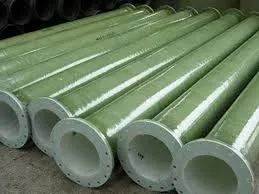
4. Thermal Insulation GRP materials provide excellent thermal insulation, helping to maintain water temperature within the tank. This characteristic not only improves the overall quality of stored water but also minimizes the risk of algae growth, which can be a concern in warmer climates.
5. Customizability GRP tanks can be tailored to fit specific requirements, including size, shape, and capacity. This flexibility allows for better integration into existing infrastructure, whether it is for residential, commercial, or industrial purposes.
6. Environmental Impact As awareness of environmental issues grows, the need for sustainable solutions has become increasingly important. GRP tanks are often made from recyclable materials and can be more environmentally friendly than conventional alternatives. Their long lifespan also means fewer replacements over time, further reducing waste.
Applications of GRP Water Tanks
The versatility of GRP water tanks allows their use in various applications. They are commonly used in municipal water supplies, agricultural irrigation systems, firefighting systems, and even in residential settings for rainwater harvesting. In industrial contexts, GRP tanks can store chemicals, wastewater, and process liquids, proving their adaptability across different sectors.
Conclusion
As the demand for effective and efficient water storage solutions continues to rise, GRP water tanks present an innovative option that meets a variety of needs. Their durability, lightweight design, and resistance to corrosion make them an ideal choice for modern water management systems. By investing in GRP technology, industries and municipalities can ensure reliable water supply and storage for future generations, paving the way for sustainable development and resource management.
Latest news
-
Exploring the Benefits of Top Hammer Drifter Rods for Enhanced Drilling PerformanceNewsJun.10,2025
-
High-Precision Fiberglass Winding Machine for GRP/FRP Pipe Production – Reliable & Efficient SolutionsNewsJun.10,2025
-
FRP Pipes & Fittings for Shipbuilding - Corrosion-Resistant & LightweightNewsJun.09,2025
-
Premium FRP Flooring Solutions Durable & Slip-ResistantNewsJun.09,2025
-
Premium Fiberglass Rectangular Tanks Durable & Lightweight SolutionNewsJun.09,2025
-
Tapered Drill String Design Guide Durable Performance & UsesNewsJun.09,2025


